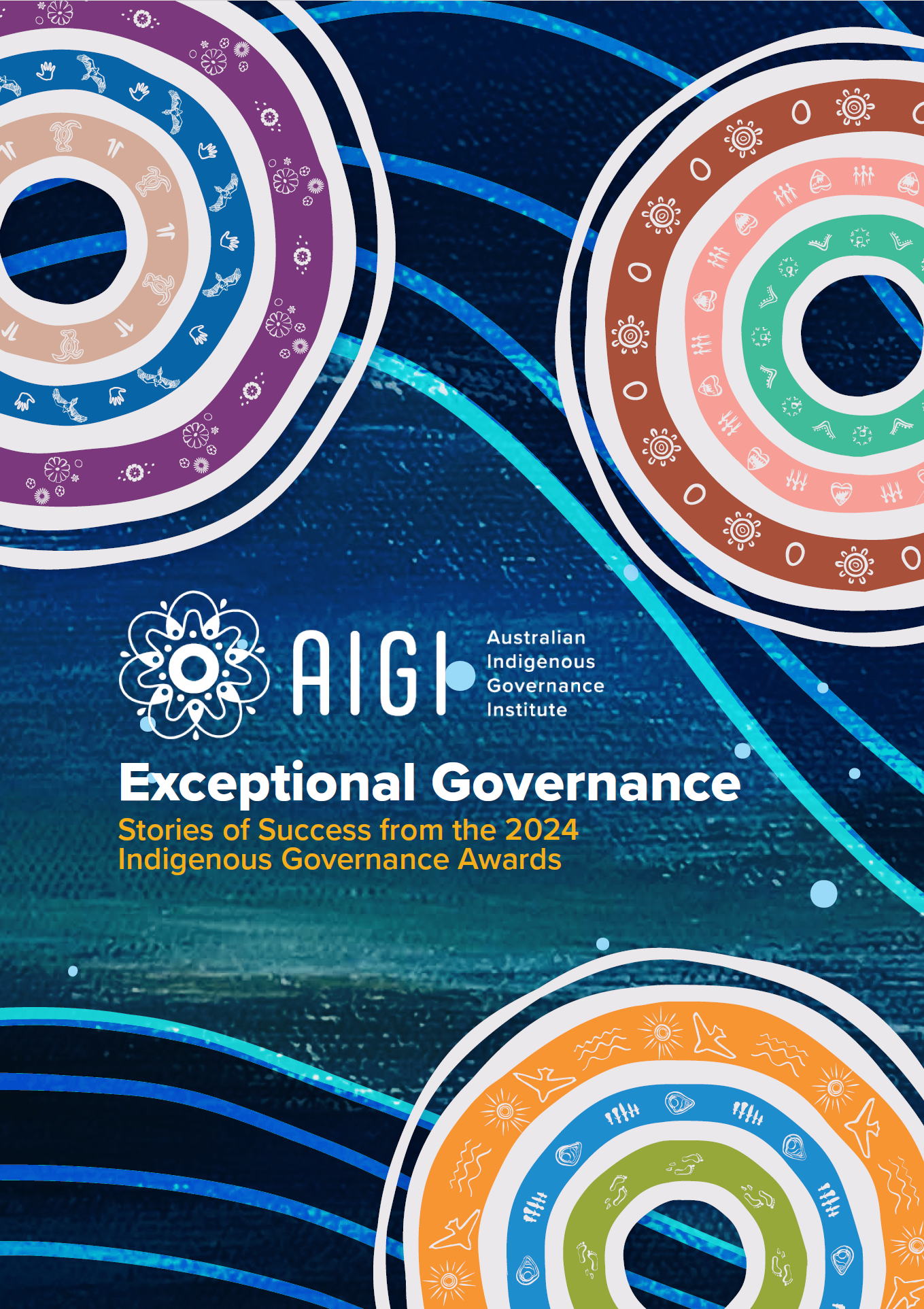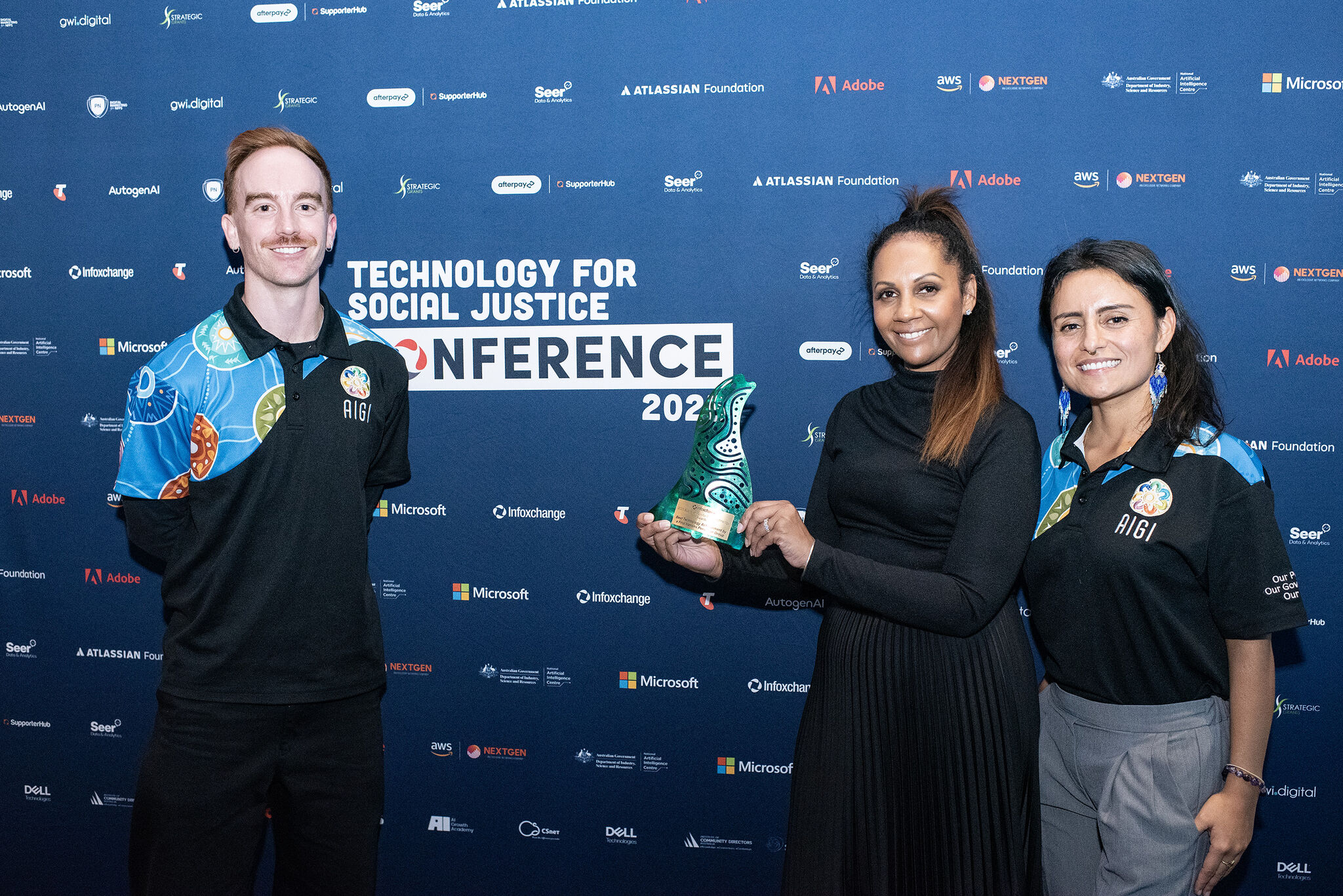The Australian Indigenous Governance Institute showcases nine 2024 Indigenous Governance Awards finalists who example innovation, self-determination, sustainability, effectiveness and cultural-legitimacy in their...
Murdi Paaki ‘how our governance model emerged’
Video
Download
Request download

Aboriginal and Torres Strait Islander viewers should be aware that this video may contain images and voices of persons who have passed.
Murdi Paaki Chair Sam Jeffries talks about how MPRA emerged as a governance structure from the ATSIC regional council era.






.png)

